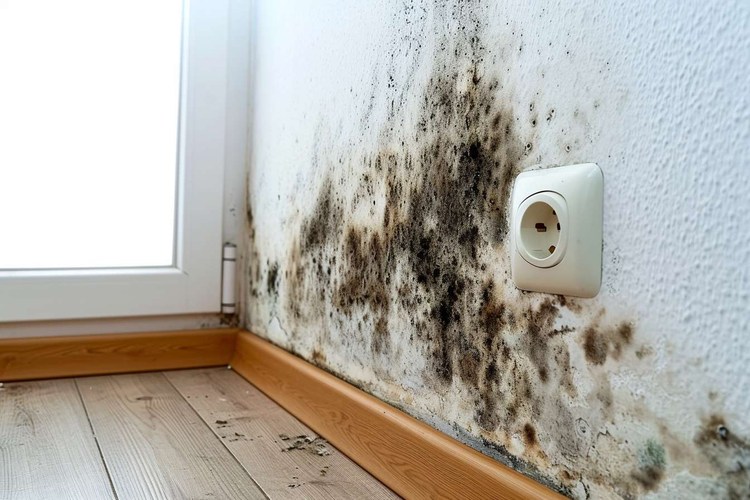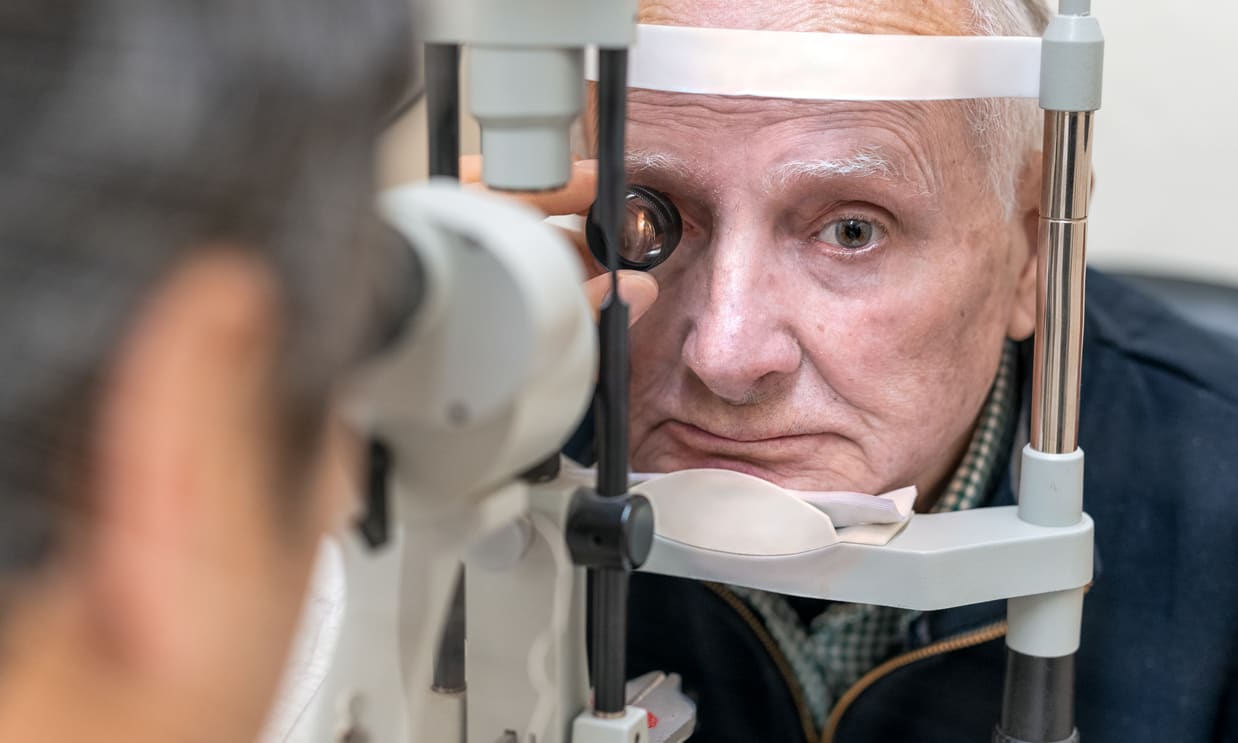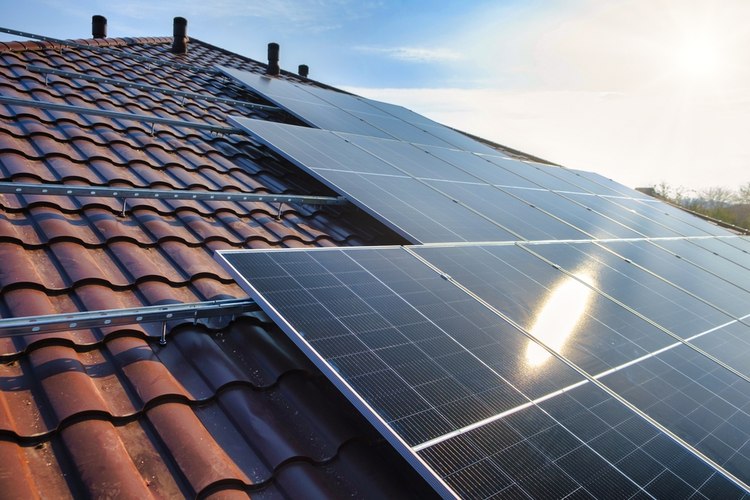Effective Ways to Remove Black Mold Safely
Discovering black mold in your home can be alarming, as it not only damages your property but potentially poses health risks. Black mold, scientifically known as Stachybotrys chartarum, thrives in damp, humid environments and commonly appears in bathrooms, basements, and areas with water damage. Understanding safe and effective removal methods is essential for maintaining a healthy home environment. This article explores practical approaches to identify, remove, and prevent black mold growth in various household surfaces.

What Is Black Mold and Why Is It Dangerous?
Black mold is a type of fungus that appears as dark green or black patches with a slimy or fuzzy texture. Unlike regular household mold, black mold produces mycotoxins that can cause respiratory issues, allergic reactions, and other health concerns when inhaled over prolonged periods. People with asthma, allergies, or compromised immune systems are particularly vulnerable to these effects. Black mold typically grows on cellulose-rich materials like drywall, wood, carpet, and insulation that have been exposed to moisture for extended periods.
How to Identify Black Mold in Your Home
Before attempting black mold removal, confirm you’re dealing with actual black mold rather than ordinary mildew or dirt. Black mold has a distinctive musty, earthy smell often described as damp and unpleasant. Visually, it appears as circular spots that are dark green to black, sometimes with a slimy surface. Common locations include areas with persistent moisture: behind bathroom walls, under sinks, around windows with condensation, in basements with water issues, and near leaking pipes. If you’re uncertain about identification or facing a large infestation (more than 10 square feet), consider professional testing or consultation.
Essential Safety Precautions for Black Mold Removal
Safe black mold removal requires proper protective equipment to minimize exposure to spores and mycotoxins. Before starting any removal process, gather these essential items: N95 respirator mask or preferably an N100 respirator, goggles without ventilation holes, long rubber gloves, disposable coveralls or clothing that can be immediately washed, and plastic sheeting to isolate the affected area. Ensure adequate ventilation by opening windows but close doors to other parts of your home to prevent spore spread. Always turn off HVAC systems to avoid circulating mold spores throughout your house.
How to Remove Black Mold from Bathroom Walls
Bathroom walls are particularly susceptible to black mold due to constant moisture exposure. For non-porous surfaces like tile or fiberglass:
-
Create a cleaning solution using one part bleach to ten parts water, or use commercial mold removers containing fungicides.
-
Apply the solution to the moldy areas using a spray bottle.
-
Allow it to sit for 10-15 minutes to penetrate the mold.
-
Scrub with a stiff brush, focusing on grout lines where mold embeds deeply.
-
Rinse thoroughly with clean water and dry completely with towels or fans.
For painted bathroom walls, test any cleaning solution in an inconspicuous area first to avoid damaging the paint. Consider using hydrogen peroxide or vinegar solutions as alternatives to bleach for colored walls.
Techniques for Removing Black Mold from Drywall
Drywall presents a particular challenge for black mold removal since its porous nature allows mold to penetrate deeply. The approach depends on the severity of the infestation:
For surface mold on drywall:
-
Mix a solution of one cup borax per gallon of water.
-
Apply to the affected area using a spray bottle.
-
Scrub gently with a soft brush to avoid damaging the drywall.
-
Allow the solution to dry on the surface (don’t rinse) to help prevent future growth.
For severe cases where mold has penetrated deeply:
-
Remove and replace affected drywall sections, extending removal at least 12 inches beyond visible mold.
-
Treat the surrounding framing with a fungicidal protectant.
-
Install new mold-resistant drywall, particularly in moisture-prone areas.
Remember that porous materials like ceiling tiles, carpet, and insulation with mold growth typically cannot be salvaged and should be removed and replaced.
Preventing Future Black Mold Growth After Removal
The key to permanent black mold elimination lies in addressing the underlying moisture issues. Install proper ventilation in bathrooms and kitchens using exhaust fans vented to the outside. Maintain indoor humidity levels between 30-50% using dehumidifiers in damp areas like basements. Fix all leaks promptly, even minor ones, as they can create perfect conditions for mold growth. After showering, wipe down bathroom surfaces and leave doors open to improve air circulation. Consider applying mold-inhibiting products to vulnerable areas after thorough cleaning, especially in basements and bathrooms.
When to Call Professional Mold Remediation Services
While DIY methods work for smaller infestations, professional remediation becomes necessary in certain situations. Consider professional help if the mold covers more than 10 square feet, has invaded your HVAC system, appears after significant flooding, or if you experience health symptoms when near the affected area. Professionals have specialized equipment to detect hidden mold behind walls and offer comprehensive remediation strategies.
| Service | Average Cost Range | What’s Typically Included |
|---|---|---|
| DIY Removal Supplies | $50-$200 | Cleaning solutions, protective gear, brushes, sprayers |
| Mold Inspection | $300-$800 | Professional assessment, moisture readings, limited sampling |
| Small Area Professional Remediation (under 10 sq ft) | $500-$1,500 | Containment, removal, treatment of affected areas |
| Whole Room Remediation | $1,500-$5,000 | Full containment, air filtration, removal, treatment |
| Whole House Remediation | $10,000-$30,000+ | Complete mold removal, reconstruction of affected areas |
Prices, rates, or cost estimates mentioned in this article are based on the latest available information but may change over time. Independent research is advised before making financial decisions.
Conclusion
Effectively removing black mold requires proper identification, safety precautions, and appropriate cleaning techniques specific to the affected materials. For smaller infestations, DIY methods using the right protective equipment and cleaning solutions can be sufficient. However, extensive mold problems, especially those affecting structural components or spanning large areas, often necessitate professional remediation. Most importantly, preventing future mold growth by controlling moisture and improving ventilation remains the most effective long-term strategy for maintaining a mold-free home.
This article is for informational purposes only and should not be considered medical advice. Please consult a qualified healthcare professional for personalized guidance and treatment.




